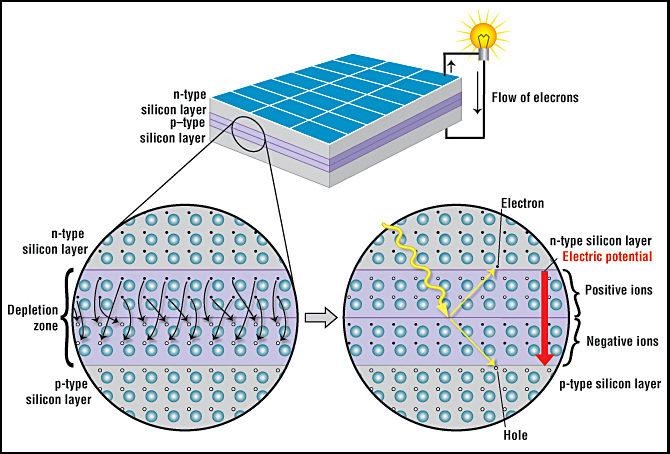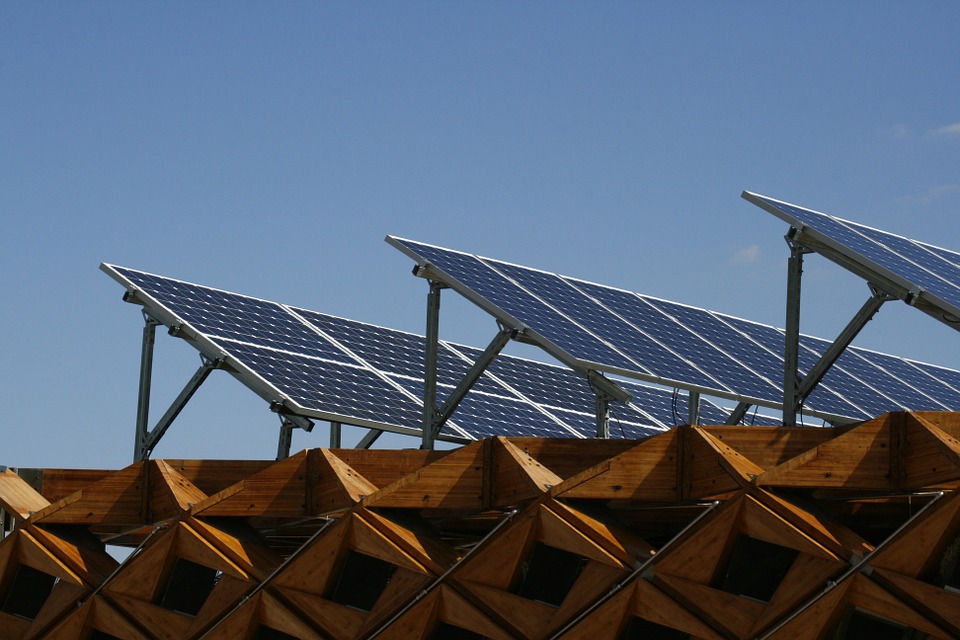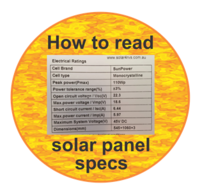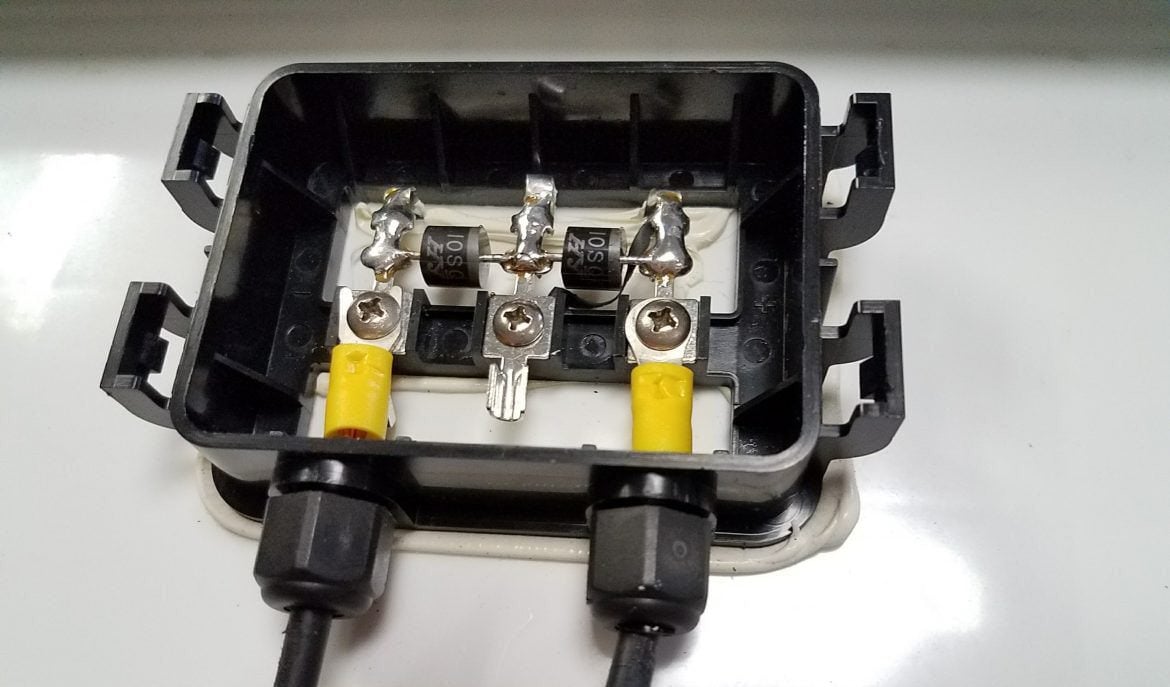Outdoor installed solar panels are often in low light conditions and research has shown the performance of solar panels in these conditions is a primary driver of variation in a.
Solar panel current goes negative at low light levels.
As the name suggests they are made from a single large silicon crystal cut from an ingot.
When stringing in series the wire from the positive terminal of one solar panel is connected to the negative terminal of the next panel and so on.
This means that the panel is not connected to either a battery or a charge controller.
Among available proposals is the reduction of the shading effect on solar cells caused by bus bars.
While solar panels are often tested using a standardized level of irradiation the outdoor application of solar panels never involves a consistent light level.
Photovoltaics or solar panels that produce electricity are affected by their operating temperature which is primarily a product of the ambient air temperature as well as the level of sunlight.
The low light behavior of a solar panel is mainly dependent on the shunt resistance and series resistance of the cells the latter being caused by the current that circulated the emitter and the base of the solar cell the resistance caused by the metallic contact and the silicon and the resistance related to the contacts at the top and the.
Department of energy rigid silicon panels offer the best performance in low light applications.
Of the three basic solar panel types monocrystalline polycrystalline and amorphous monocrystalline is the most efficient in collecting solar energy and therefore somewhat more effective in regions with low sunlight.
For example if the solar panel is rated at 175 watts and the maximum power voltage vmp is given as 23 6 volts then calculate the current as 175 watts divided by 23 6 volts which is equal to 7.
The average efficiency of solar panels falls between the 17 to 19 percent efficiency range.
The highest efficiency solar panels on the market today can reach almost 23 percent efficiency.
According to the u s.
Factors that affect solar panel efficiency.
1 reducing the shading effects of wires.
Open circuit voltage is to be measured directly from the solar panel s lead wires.
Solar panels have been consistently increasing in efficiency at about 5 annually since 2010.
Despite low efficiency rates among current solar panels there are several innovative proposals and technologies that aim to change how efficient can solar panels get in the close future.



























